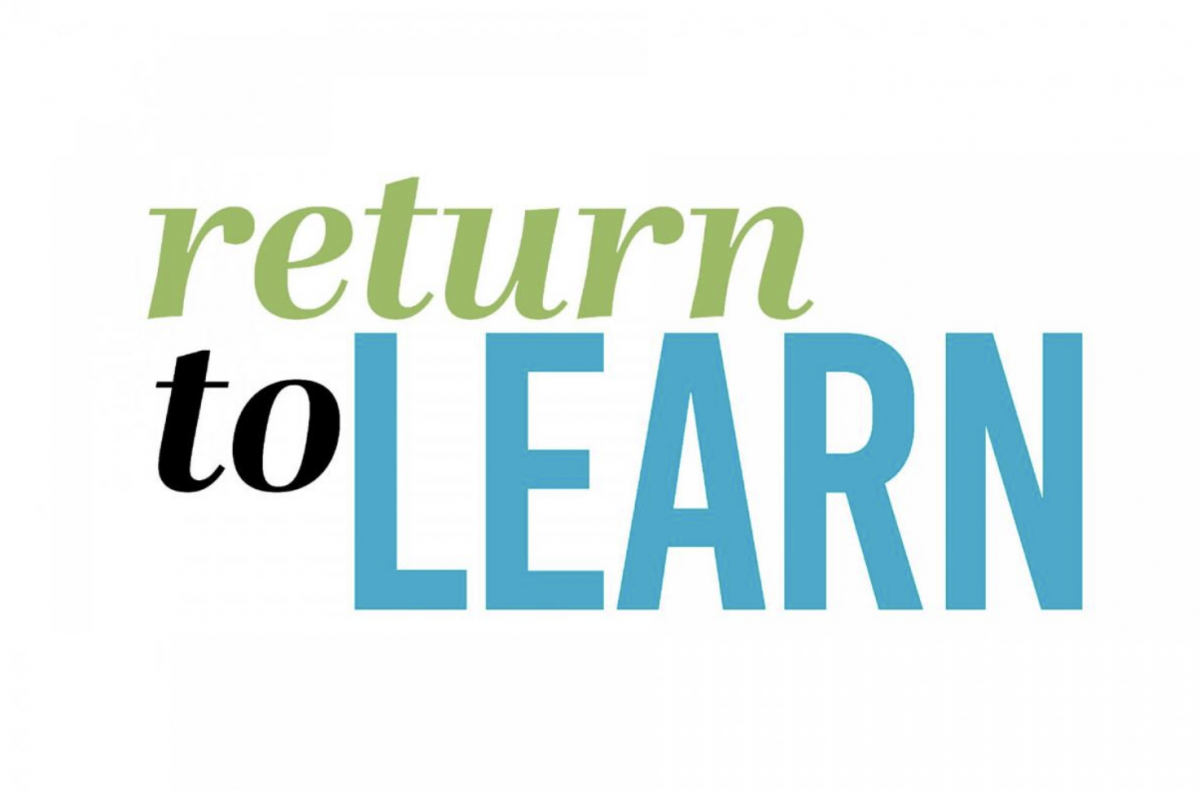Sac City Unified Releases Details about its Distance Learning Plan
SACRAMENTO – Sacramento City Unified School District released at its Board Meeting details on its full distance learning plan, after the announcement by the district - and others throughout the region – that its students would begin the year remotely. Sac City Unified begins its academic year on September 3 and is currently developing a six part “Return Together” plan. The Board presentation can be viewed here.
“As we move forward with our distance learning model, I am pleased to share with our community our vision for our distance learning plan,” said Sacramento City Unified Superintendent Jorge Aguilar. “As our students start the fall semester with distance learning, we commit to our community that Sacramento City Unified’s distance learning plan will include high-quality instruction, structures to measure student progress, and accountability to meet the academic, social, and emotional needs of all students. Our robust plan includes professional development and collaboration for teachers so that we support the success of all students despite these trying circumstances. Our students cannot afford any additional learning loss. As we implement a robust distance learning program, we call on everyone to take steps to prevent the spread of COVID-19 and urge federal and state policymakers to increase funding for and availability of expanded testing and contact tracing.”
Over the coming days, the district will release its full draft “Return to Learn” plan and add additional information to the “Return Together” website at www.scusd.edu/return-together.
The District’s vision is driven by the following six guiding principles:
- Commitment to grade level content and instructional rigor
- Focus on the depth of instruction, rather than the pace
- Prioritize content and learning
- Maintain the inclusion of each and every learner
- Identify and address gaps in learning through instruction. Monitor students’ progress on grade level appropriate assessments and adjust supports based on student results.
- Focus on the commonalities that students share in this time of crisis, not just on their differences
“As we will not be returning in space to our classrooms, it is more important than ever that our distance learning plan be high quality and effective,” said Sacramento City Unified Chief Academic Officer Christine Baeta. “This means that our plan must include accountability and assessment, and that we meet each and every one of our students’ needs. This pandemic has completely upended our school systems. And it is hard. But it is also an opportunity. This is a chance to fight the inequities that existed before this pandemic. It is an opportunity for us to improve and come together as we Return Together.”
What Sac City Unified families should know about the district’s “Return to Learn” distance learning plan.
With the above guiding principles in mind the district is committed to ensuring every student has access to the following:
- Consistent direct live instruction for every student – Access to daily direct live instruction for students, with the option of participating in recorded instruction at alternate times of the day.
- Access and availability – Teacher availability to students outside of direct live instruction.
- Symmetry and cohesion in learning and delivery – Google Classroom as learning management system to allow for symmetry and cohesion in instruction and learning.
- Collaboration – Meaningful and structured collaboration between teachers, principals, and colleagues from grade levels and departments to improve outcomes for students based on data and student need.
- Professional development and supports for educators – Professional development for all educators on strategies needed to deliver high-quality instruction and on the District’s learning management system, Google Classroom, that ensures students access to learning grounded in the essential standards.
- Appropriate supports for students receiving Special Education – Ensure students with disabilities are included in all offerings of school education models by using the IEP process to customize educational opportunities and supports when necessary.
- Targeted student support and intervention - Supports and instruction for small groups of students who need additional instructional and/or social and emotional attention.
- Communication and feedback – Regular communication to students and parents on learning goals and student progress, including weekly teacher-student-parent/guardian communication and report of student progress consistent with the District’s grading policies to maintain the home-to-school connection.
- Assessments and accountability – Assessments during learning and throughout the school year that evaluate how students are progressing both in the moment and over time to address learning loss before and after the school closure.
- Support for English Learners – Designated and integrated instruction in English language development including assessment of progress toward language proficiency and targeted support to access curriculum.

